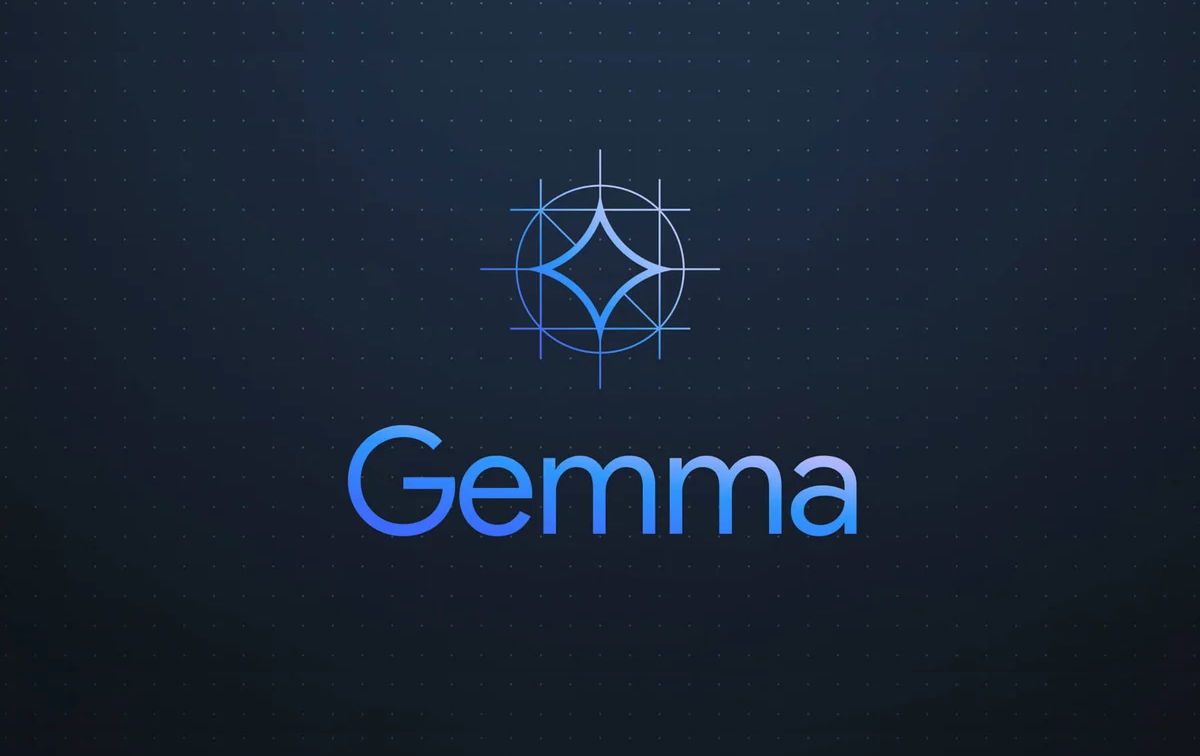Google has recently introduced Google Gemma 2B and 7B, a duo of open-source AI models, providing developers with more accessibility to the advancements made in its flagship model, Gemini. Unlike the closed nature of Gemini, Gemma is designed for flexibility, making it suitable for tasks like chatbots and summarizations.
Also Read: Is TikTok Safe for Kids? EU Probes TikTok Under New “Child Safety” Law (DSA)
Key Features of Google Gemma Models
1. Open-Source Advantage:
- Gemma models are open source, contrasting with the closed nature of Gemini.
- Developers can freely utilize Gemma for various projects, promoting experimentation within the AI community.
2. Size vs. Performance:
- Despite their smaller size, Gemma models reportedly outperform significantly larger models on key benchmarks.
- Designed for speed and cost-effectiveness, Gemma models can run directly on developer laptops or desktop computers.
3. Availability:
- Gemma models will be accessible through platforms such as Kaggle, Hugging Face, Nvidia’s NeMo, and Google’s Vertex AI.
4. Commercial License:
- Both Gemma 2B and 7B come with a commercial license, irrespective of organization size, user count, or project type.
- Commercial use, however, may be subject to specific restrictions, such as limitations on involvement in weapons development programs.
5. Responsible AI Toolkits:
- Gemma is equipped with “responsible AI toolkits” to address potential risks associated with open models.
- Developers have the flexibility to establish guidelines, implement banned word lists, and utilize model debugging tools to enhance responsible AI practices.
6. Language Task Compatibility:
- Initially optimized for language-related tasks in English, Gemma aims to expand its capabilities based on community collaboration and market needs.
Deployment and Usage
1. Platform Options:
- Gemma models are available on Kaggle, Hugging Face, Nvidia’s NeMo, and Google’s Vertex AI, ensuring accessibility for developers.
2. Free Usage on Kaggle:
- Developers can leverage Gemma for free on Kaggle, providing an opportunity for experimentation without cost barriers.
- First-time users of Google Cloud receive $300 in credits to utilize Gemma models.
3. Cloud Credits for Researchers:
- Researchers can apply for up to $500,000 in cloud credits, fostering innovation and collaboration in AI research.
Industry Trends and Comparisons
1. Lightweight Models Trend:
- Google follows the trend of AI companies releasing lightweight versions of flagship models, aligning with Meta’s introduction of Llama 2 7B.
2. Gemini Model Variants:
- Google’s Gemini lineup includes Nano, Pro, and Ultra, with the recent addition of a faster Gemini 1.5 tailored for business users and developers.
While the demand for smaller AI models like Gemma is yet to be fully gauged, the move aligns with industry trends towards more accessible and flexible AI solutions. Google’s commitment to open-source practices in AI is expected to encourage innovation and collaboration within the developer community.

